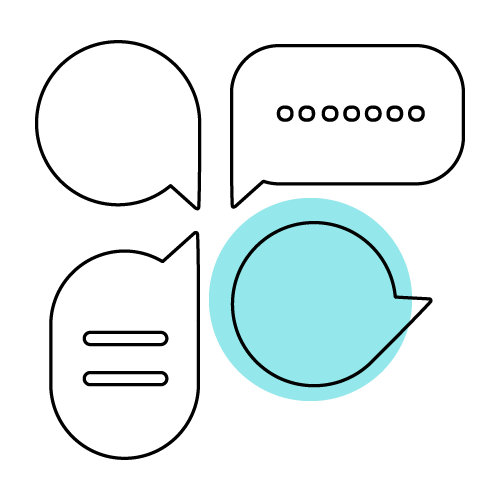Honey and Mumford Learning Styles Questionnaire
Measure employees' preferred style of learning with the classic Learning Styles Questionnaire
Engage Learners in Their Development Journey
Discover the learning preferences of individuals and help them to become more effective and efficient learners with our self-development solution. Designed to stimulate individuals and groups into thinking about how they prefer to take in information and learn from experiences; Honey and Mumford test follows the learning cycle (do; review; conclude & plan). By engaging in all four stages, learners can develop new activities and styles that will enable them to become more effective and efficient learners.

Use
Recruitment, Assessment, Development
Format
40 and 80 item versions, Online and Print, 10-20 minutes, untimed. Individuals age 16+

Languages
UK English, French, Dutch, Spanish, German, Chinese, Brazilian Portuguese
Why Use Honey and Mumford Learning Styles Questionnaire?
Inform Learning and Development
Match learning opportunities with how individuals learn best – this makes learning easier, more effective and enjoyable. Thousands of organisations globally have benefited from staff completing the Honey & Mumford Learning Styles Questionnaire.
Become an all-round learner
Our test gives you the insight to help learners become more versatile and improve their ability to learn from a wide variety of different experiences; some formal, some informal, some planned and some spontaneous.
Design better blended learning programs
The results from the test can help you predict (and identify early) learning difficulties, constitute effective learning groups or teams, allocate roles in role-plays or other participative training exercises and encourage people to produce action plans/personal development plans.
Flexible assessment
The test can be completed supervised or unsupervised. There are no time limits and individuals should aim to answer the statements as accurately as possible. There are no wrong answers keeping learners engaged and driven to uncover their preferences to learn.
Improve your learning skills and processes
The Honey and Mumford Learning Styles Questionnaire is a highly cost-effective self-development instrument. Increase your awareness of how you learn opens the whole process to self-scrutiny and improvement.

What Does Honey and Mumford LSQ Measure?
The test is based on David Kolb’s Learning Cycle theory which looks directly at how individuals learn, rather than their tendencies to learn. Using either 80 or 40 statements it measures an individual’s preference for a particular type of learning style:
- Activists,
- Reflectors,
- Theorists,
- Pragmatics.
The highest score indicates the type of learner the individual is, corresponding to their learning preference. The results help identify activities that may best support their learning, as well as those they may prefer to avoid.

"The learning process broke down the problem, and moving through the different styles brought shifting viewpoints, a focus only on what was relevant, the reduction of risk, and the exploration of many ideas – the best of which was scrutinized and applied."
EmergeUK